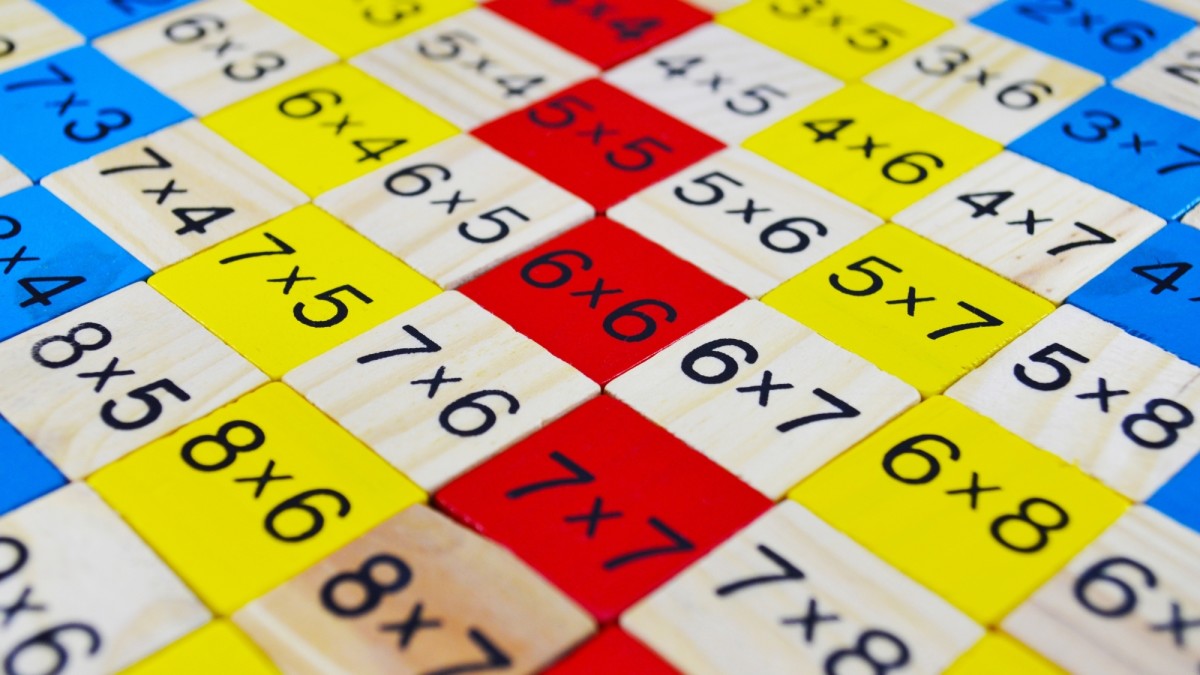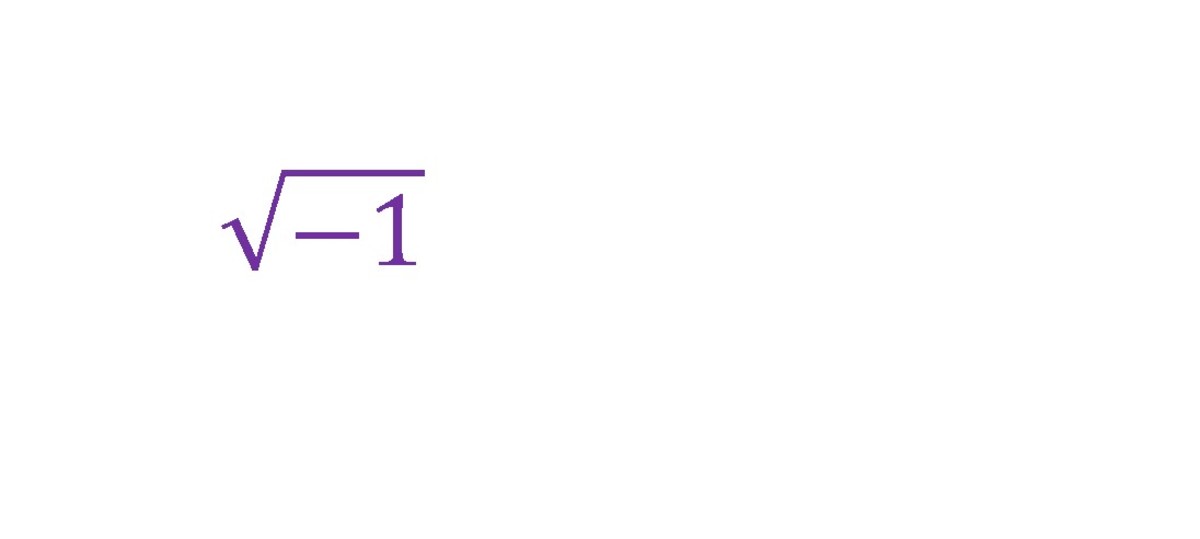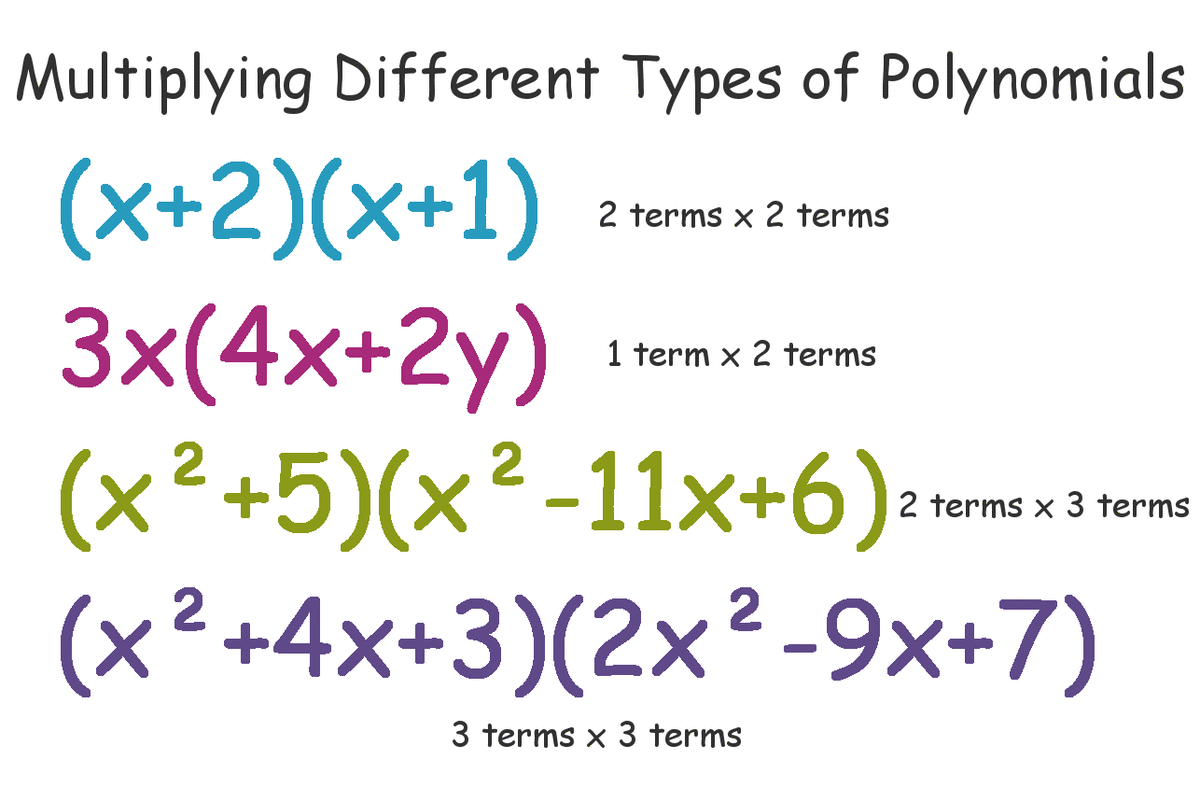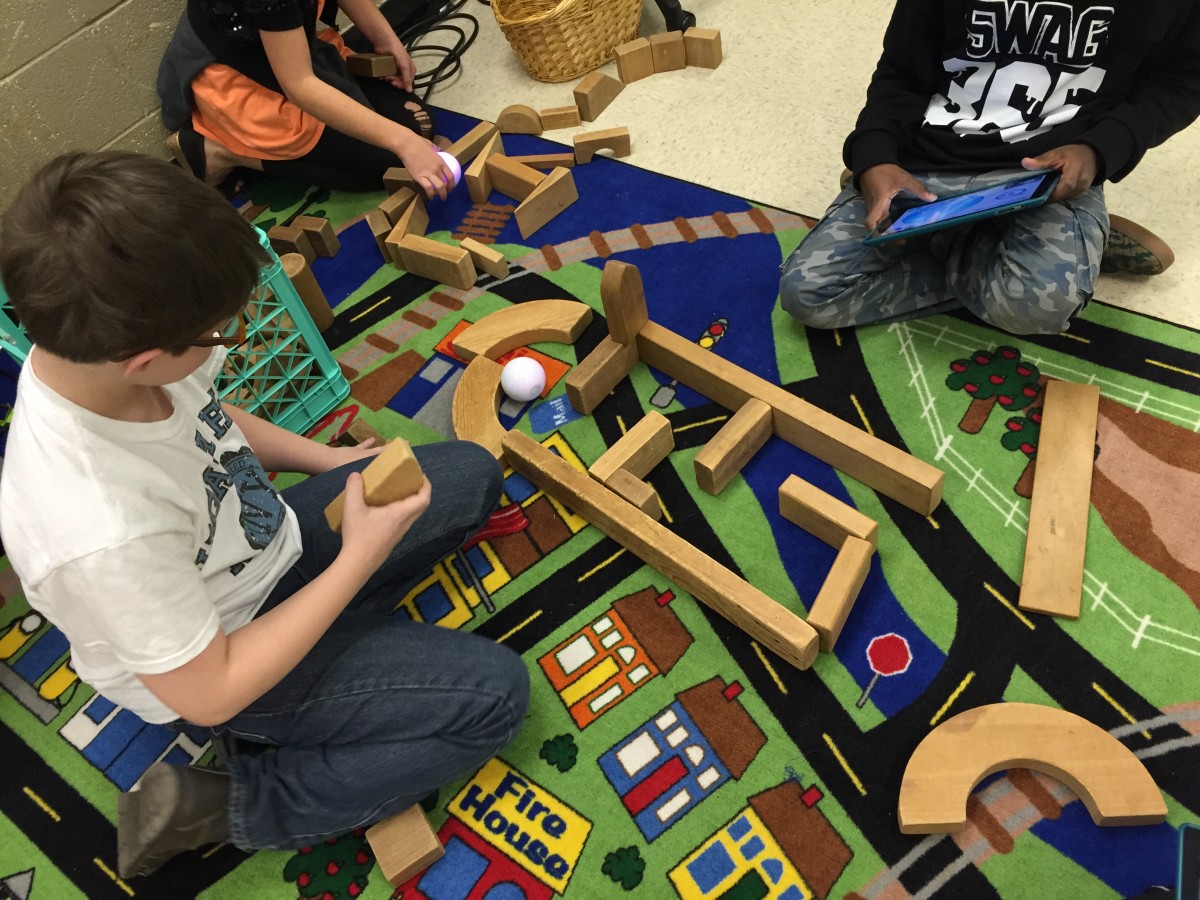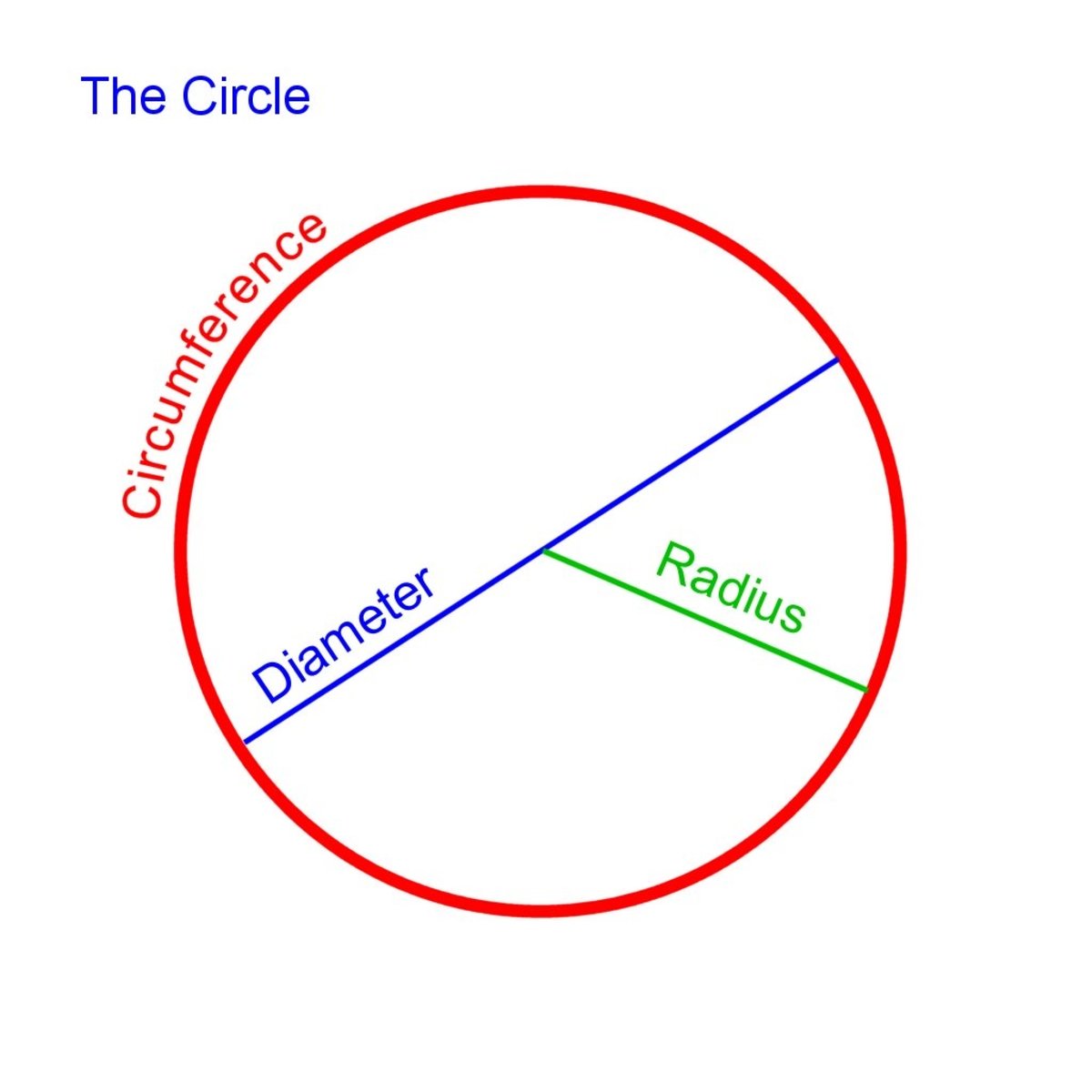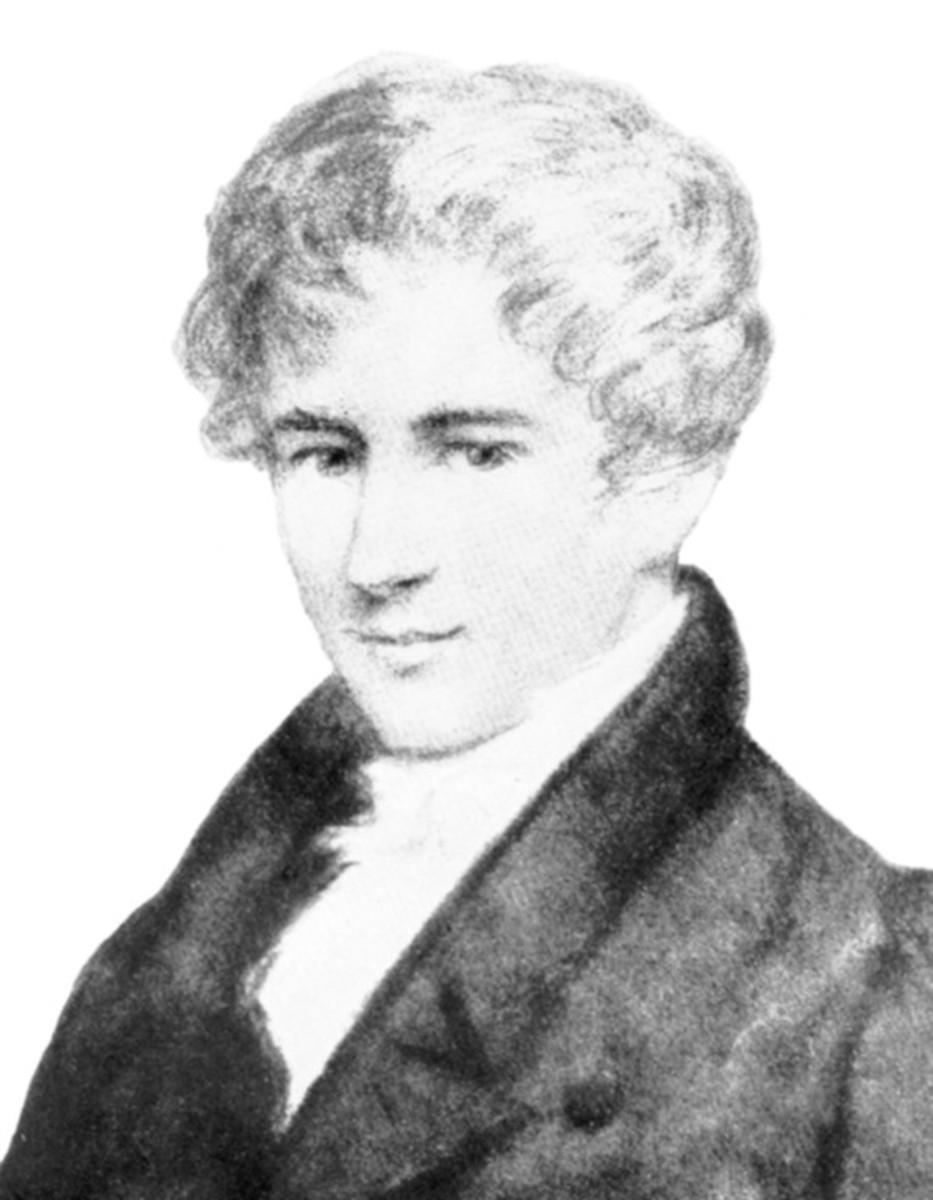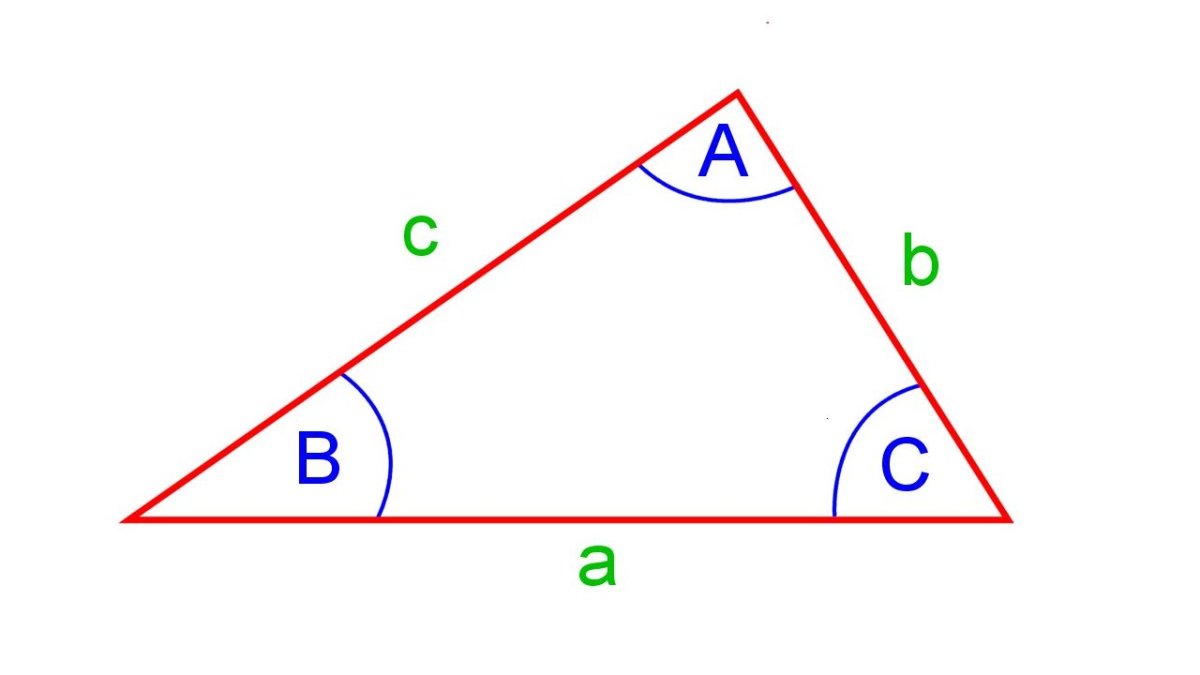How to learn and teach multiplication
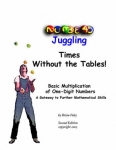
Using advanced thinking methods to "trick out" ways to learn math.
This isn't just a collection of silly tricks, like, "Take a number, multiply it by nine, add your age, divide by the number of socks in your sock drawer, subtract your grandmother's birthday, and I'll tell you some meaningless number that will bore you to tears."
Arthur C. Clarke once wrote, "Any sufficiently advanced technology is indistinguishable from magic." And that is how I view the Idea of magic. It is a sufficiently advanced method of doing something which is not comprehended by the masses. Or, as I like to say, "That which can't, and does."
Math Mojo's goal is to help people who have not mastered the boring, drudgery way of school math, by introducing them to the "magical" ways of advanced thinking. It happens to be easier than the drudgework, and it is certainly more fun.
So we won't be learning how to make other people look foolish, we'll be learning how to make ourselves actually smarter. Now that's magic!
Thinking about how to learn to multiply
Starting out
The standard method in western countries is to insist that you stare at some page filled with "the multiplication table" and "Just shut up and memorize it!"
Forget that, entirely! First of all, we are usually not taught any meaningful way to memorize things. The default method that most people have is untrained, and pretty shakey, at best.
My Idea is to use an active method that forces you to use your brain a bit. When you do this, your brain (which is smarter than your teacher) creates new mental pathways. When it does it often enough, those pathways are "etched" deeper into your brain, so they become "highways." Remember, though, that this is just a metaphor, and isn't quite the way your neurology works, but it makes sense to us as a metaphor.
If you practice something enough, it becomes easier. If you stare at something passively long enough and often enough, it will create pathways. But if you actively create the pathways, they will be made sooner and deeper.
And if you use a bunch of different ways, you will create wider, deeper paths.
So if you find ways to calculate the multiplications, instead of using passive memorization, you will be more successful.
The simplest (not necessarily the easiest or the best) way to calculate your multiplications of whole numbers {1,2,3...}, is to perform repeated addition on it. In other words 6*4 becomes 4+4+4+4+4+4.
(It is important to know that although multiplication of whole numbers can be accomplished by repeated addition, repeated addition is not the definition of multiplication. Like most things, the more you learn, the more you can understand, and once you learn basic multiplication and arithmetic you can go on to learn very interesting properties about multiplication that go beyond simple repeated addition. But when you are starting out learning with whole numbers, "multiplication can be accomplished by repeated addition" is a good rule of thumb.)
If you do your multiplications that way often enough, your brain starts thinking, "Hey, this is a pain in the neck. I can do it, of course, but there must be a better way. So the next time we do this, I'm going to store the answer in my memory, so that after that I won't have to go through this tedious process anymore."
That all happens on a subconscious level, you understand. It's a great talent, that brain of yours.
If you need an illustration of how this works in other fields, take someone who is learning to shoot baskets. If he has a good coach, the coach tells him all the things he needs to know, like how to bend at the knee, use the wrists, etc.
Now, the player can just listen to the coach, make notes of what he's saying, and repeat those instructions to himself over and over, with no physical effort.
But you and I know that at some time he's going to have to go out and shoot some hoops. And only by repeated trial, does his body memorize the actions, and streamline the process. That's because the body and the brain don't want to work too hard forever.
How to learn Basic Multiplication of single-digit-numbers
These are often called the "multiplication tables" or "multiplication facts" but both of those terms are misleading.
Somehow the term "multiplication tables" gives one the impression that there are some "magical tablets brought down from the mountain," like they are the only way to learn.
The "tables" are simply a list of what happens when you multiply a set of numbers by each other, they are not the multiplications themselves. (Give that a chance to sink in - it's deeper than you may think.)
The "tables" are like a roadmap, but they are not the road. If you teach a kid that the tables are the only way to learn, you are depriving him from experiencing real multiplication. Multiplication is about manipulating numbers, or amounts. Deep understanding of simple multiplication is a necessary part of developing numeracy (the ability to understand and work with numbers).
The term "multiplication facts" is also a really bad Idea to inculcate young minds with. Not only does it suffer from the problem mentioned above, but it also gives the impression that they just happen to be "facts" that exist outside of you. Yes, they are facts, but they exist inside of you. You can reconstruct them simply by using your mind. They are not like facts like, say, historical facts like "The Magna Carta was signed in 1215." That is something you cannot directly experience, and must simply learn as a "fact." (Actually, that is not strictly true either, just ask a real historian.)
See, learning something strictly as a "fact" makes you feel like a victim of that fact, rather than a participant. Direct, or indirect experience with something makes it so much more alive, real, and actually fun.
So the best ways to learn math are not with flash cards, silly rhymes, obnoxious cartoon characters or other methods that distance a child from direct experience of numbers and how to use them. (Don't even get me started about the evils of calculators...)
The best ways to learn math are ways that have you use actual math. Imagine that! Learning how numbers relate to each other is the way to go. I'm biased, of course (because I wrote it) but I think "Numbers Juggling - Times without the Tables" is the best explanation of how to learn basic multiplication that works for most people, especially the ones who think the "tables" are a pain.
I created this e-book because I was fed up with the way we are normally taughtmultiplication. This booklet will open your eyes to a new world. You will learn a way to teach any child basic multiplication of single-digit numbers (what we normally call "the "multiplication facts" or times tables") in just a couple of minutes."
The booklet then goes on to help you "lock this knowledge in."
It also includes seven e-mail lessons that will explain the math behind the method, so you will actually understand it and be able to show your child why it works!
And here's an important part: I've just added over a dozen videos to help you turbo-charge your practicing and learning. They are easy to do, and fun as well. I practically "hold your hand" as you learn, until you can do over dozens of multiplications in a less than a minute.
I truly believe that every parent and teacher should know the material in this booklet, so that every child can have a helpful, meaningful strategy for mastering this important subject.
You can order "Numbers Juggling - (Times without the Tables)" here.
How to mentally multiply any whole number by a repunit (Part 1 of 3)
What the heck is a repunit? A repunit comes from the words "repeating unit," in other words, it is a number made up of repeating ones, like 11, or 111,111.
Just as a refresher, a whole number is zero and all the counting numbers from 1 on, forever. The whole numbers are 0,1,2,3,4,5... (The three dots mean "and so on).
Now, there is a really good interactive lesson on how to multiply any whole number by 11, mentally, at this page at MathMojo.com. You should learn that before reading further.
Helpful Math and Multiplication links
- Math Mojo
This is my main website. It was conceived to help people who think they suck at math. There are lots of mental math tips, and encouragement for people who know they are smart, yet have struggled to learn math. - The Math Mojo Chronicles
The official weblog of MathMojo. Posts about math and critical thinking. Irreverant, but relevant! - Math and Magic
The skinny on how to use thinking methods of magicians to learn something useful, and fun. Forget those silly "add your age to the number of coins in your pocket, divide by 5, multiply by ... etc" tricks. This is about using magic to accomplish somet - Learn2multiply
An amazing method to learn the "tables", and an amazing way to teach it. If you know someone who needs help with basic multiplication, this is it. - Math Doesn't Suck
Lens about Danica McKellar's new book, "Math Doesn't Suck." The actress/mathematician who played "Winnie" on "The Wonder Years" has written an inspirational and educational book to help middle-school girls respect and improve their brains, while sti
How to mentally multiply any whole number by a repunit (Part 2 of 3)
Back already? Good, now let's try any number times 111. Let's use 674 * 111
Start at the left of the multiplicand (that's the 674) and pretend there are two zeros behind it and in front of it, making it 0067400. Now add the final three digits, (in 0067400 that would be 4+0+0) and write the sum (4) beneath the 4 in the 0067400 . That's the digit in the units column of the product. (The product is the answer.)
Next, add the three digits that start second from the end of the multiplicand (in 0067400 that would be 7+4+0 = 11) and write the units digit(1) of that number to the left of the last number you wrote, giving you 14 so far. Keep the tens digit of that number in your head - you are going to carry it to the next addition.
Now add the three digits (plus the carry) that start third from the end of the multiplicand (in 0067400 that would be 6+7+4+1 = 18) and write the units digit of that number (8) to the left of the last number you wrote, giving you 814 so far. Keep the tens digit of that number in your head - you are going to carry it to the next addition.
Now add the three digits (plus the carry) that start fourth from the end of the multiplicand (in 0067400 that would be 0+6+7+1 = 14) and write the units digit of that number (4) to the left of the last number you wrote, giving you 4814 so far. Keep the tens digit of that number in your head - you are going to carry it to the next addition.
Now add the three digits (plus the carry) that start fifth from the end of the multiplicand (in 0067400 that would be 0+0+6+1 = 7) and write the units digit of that number (7) to the left of the last number you wrote, giving you 74814 so far. There is no tens digit to carry this time. You are finished.
The Math Mojo Multiplication Master Course
Learn Focus, Concentration and More Through Mental Math
The main reason I created this course is to help people who feel that they are not great at math. I hope they find themselves more comfortable with it after learning one of the basic operations so well that they gain confidence in their ability to learn anything.
You, your child,or your students will be taken through problems like 78*9, up to huge problems l like 367,938 * 765 (or larger) and be able to do them without pencil or paper! (Of course, they
can still use pencil and paper if they need to, like for a test to show their work.)
This course is not only about multiplication. It will improve your math skills in general, but more than that, it
is a way to improve focus, attention, accurate thinking, patience and perseverance. The lack of these traits is what causes the most "math anxiety," and this course takes aim at enabling anyone who takes it to develop those traits to a high degree. I should know. I have been diagnosed with ADHD, and have used the practice methods for this course to develop my own "bear trap" concentration.
The course is called the "Math Mojo Multiplication Master Method", and it is perfect for students, parents, teachers,home-schoolers and unschoolers. It is for anyone who already knows the times tables, but wants to be able to do larger multiplications, mentally.
The material in the course covers:
- Mental multiplication of huge numbers
- Left-to-right multiplication
- An amazingly easy way to check your answers so that you'll
never have to hand in an answer that you are not sure about
ever again again.
- Ways to absolutely master multiple choice tests.
- Ways to estimate a multiplication product instantly and
very accurately that are much better than anything you
learned in school.
- An amazing method of mental addition, which will enable
you to avoid doing "partial products" and getting lost in a
mess of writing.
- A fun (but not childish) and effective way of practicing
without worksheets that will keep anyone wanting to practice
more.
The course consists of over twenty-five online videos and
eight downloadable PDF documents, including:
"The Math Mojo Multiplication Master Method - The Basics"
PDF, which teaches:
- -
- What is Multiplication? (You may be surprised at the
answer, especially if you are a teacher.)
- The names of the parts of the multiplication problems.
- What is a Digit?
- What is a Whole Number?
- The Properties of Multiplication The "standard" (school)
way to multiply any multi-digit number by any one-digit
number, and why it works.
- The Math Mojo way to multiply any multi-digit number by
any one-digit number, from left to right, in your head, and
why it works.
- And much more.
The course also includes:
"The See-Say-Write Method of Addition" (with workbook). This e-book is usually sold separately, but is included as a bonus to help you turbo-charge your addition.
This is not just a collection of tricks for different numbers. It is ONE method for ALL whole numbers
This method is a "Learn-Once-Remember-Forever" method.
Of course the entire course comes with a no-risk guarantee.
To gain immediate access to all the material, or to get more
information, go to:
Unique Math Newsletter for all Ages (FREE!)
The MATH MOJO MONTHLY
Get Free Instant Access to
The MATH MOJO MONTHLY
("Comes out Semi-Annually, Mostly!")
NEWSLETTER
Lots of methods to help you understand math, written in plain English.
It's FREE and it's FUN!
As a Bonus for subscribing,
you'll receive a Free Copy of:
"10 Things You can do Right Now
to Help your Child Learn Math"
Ten nothing-to-buy tips you can
start teaching your child right away.
These are easy-to-use, no-nonsense, tips that will
help your child understand math in a fun, non-stressful way.
Click here to start getting these great math methods for free!
How to mentally multiply any whole number by a repunit (Part 3 of 3)
If the multiplicand had been longer, say, 876,346,974, it would still work the same way. You would just continue on until you ran out of digits.
If you learned this, and the original lesson for multiplication by 11 at MathMojo.com, you must see a pattern by now:
If your repunit has four digits, you put three imaginary zeros in front and behind, then, starting at the end, add four digits each time.If your repunit has five digits, you put four imaginary zeros in front and behind, then, starting at the end, add five digits each time.and so forth.P.S. Are you aware that squaring any repunit (at least up to nine digits) will give you a palindrome? Try it.
Some people like to complain that math is so uninteresting because "all you do is the same thing over and over, and get the same answers, etc." I feel bad for them. They don't get it that although, in arithmetic at least, any problem has only one answer, there are lots of ways to get there, and only the one you learned in school is boring.
What are you interested in?
Great Math Books for Every Home - Personally Recommended by Professor Homunculus


Let me know your experiences or concerns about learning multiplication.


